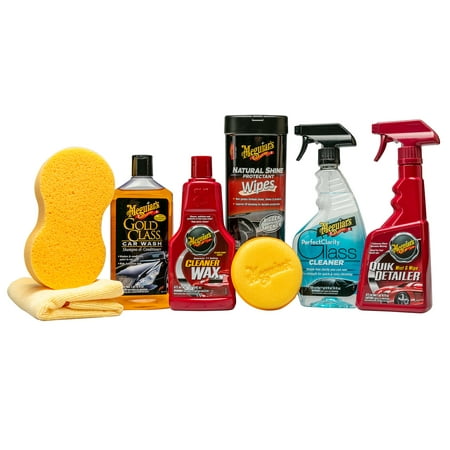2 Microfiber Windshield Clean Car Auto Wiper Cleaner Glass Window Tool Brush Kit
2 Microfiber Windshield Clean Car Auto Wiper Cleaner Glass Window Tool Brush Kit ! Inclues 2 greater cleaning cloths, and a pair of spay bottles!Set of two cleansing equipment.Clean automobile window interiors with out straining! 13″ lengthy handle without difficulty extends to tough-to-attain window bases, leaving surfaces for even cleansing.Washable microfiber pad gets rid of more dirt and dust; cleans the usage of undeniable tap water.Great for fog & moisture removal tool.• Great device is very smooth to use.• Cleans and shines with undeniable water.• Detachable manage.• Great for fog & moisture removal device.• Long ergonomic cope with.• Microfiber bonnet.• Use it in your car, difficult to attain windows in your house, television, screens, mirrors or even floors.• Tap water onto the microfiber bonnet and smooth your windshield comfortably.Lot Of 2 New Windshield Easy Cleaner, Makes Cleaning Windshields Fast & Easy!Clean automobile window interiors with out straining! thirteen” long handle easily extends to tough-to-reach window bases, leaving surfaces for even cleaning.Washable microfiber pad gets rid of extra dust and dirt; cleans the use of simple tap water.Great for fog & moisture removal tool.A grimy windshield can be aggravating and downright dangerous! Cleaning the inside of your windshield is a ache due to the fact you need to stress and stretch.Not anymore.Features:* This great tool is very smooth to apply.* Cleans and shines with plain water.*Detachable cope with.Great for fog & moisture elimination device.* Long ergonomic manage.* Microfiber bonnet.* Use it on your vehicle, difficult to reach windows in your house, television, screens, mirrors or even flooring.* Tap water onto the microfiber bonnet and clean your windshield easily.







Reviews
There are no reviews yet.